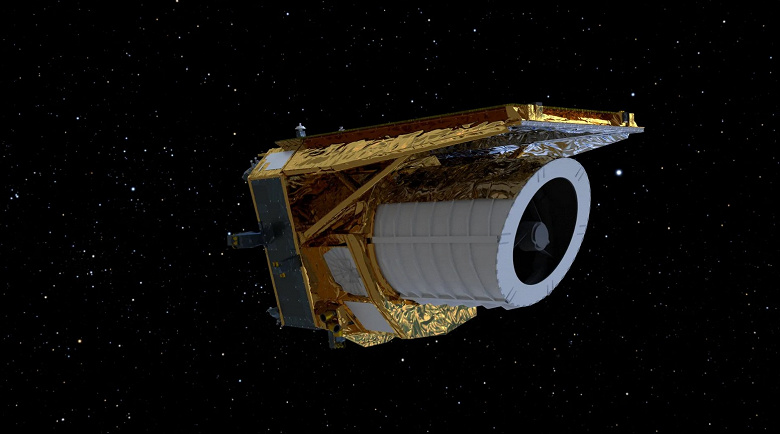Engineers successfully fix problems caused by water ice buildup on space telescope mirror
Space Telescope «Euclid» is functioning at full capacity again after a successful de-icing procedure on its mirror. The operation of some of the telescope's instruments was disrupted by the accumulation of water ice that formed on the mirror during construction of the telescope. The water gradually released and froze as the telescope moved into space.
The main challenge was removing ice, which was less than a nanometer thick, but was enough to affect the performance of the highly sensitive VISible instrument (VIS). Now, after heating the telescope mirror, the ice has disappeared.
“We put a huge amount of effort into planning and executing the heating of the mirrors “Euclidean”, and the result obtained is simply fantastic», — said Ralph Cowley, a scientist on the telescope team. «Monitoring of the mirrors and the amount of light passing through the VIS will continue, and the results of the first tests will be analyzed».
The telescope has several mirrors — three curved and three flat. The team planned to heat each mirror in turn to melt the ice gradually without affecting other parts of the telescope. But as luck would have it, the first mirror that was heated was the one that caused the most problems.
«The coldest mirror behind the main optics of the telescope was heated from -147°C to -113°C. It did not require strong heating, since in a vacuum at this temperature, ice quickly evaporates. And this method worked!»,— said Misha Schirmer, a Euclid calibration specialist who was part of the de-icing team. «Almost instantly we received 15% more light. I expected a significant improvement, but not that impressive».
In the future, ice will still form on the telescope as water is released. However, once the team has located where the ice has formed, the team can repeat the deicing process if necessary.
«We assume that in the future ice will again eclipse the VIS», — said Reiko Nakajima, research fellow at VIS. «However, repeating this deicing procedure every six to twelve months will be simple and cost minimal to science observations and the rest of the mission».

